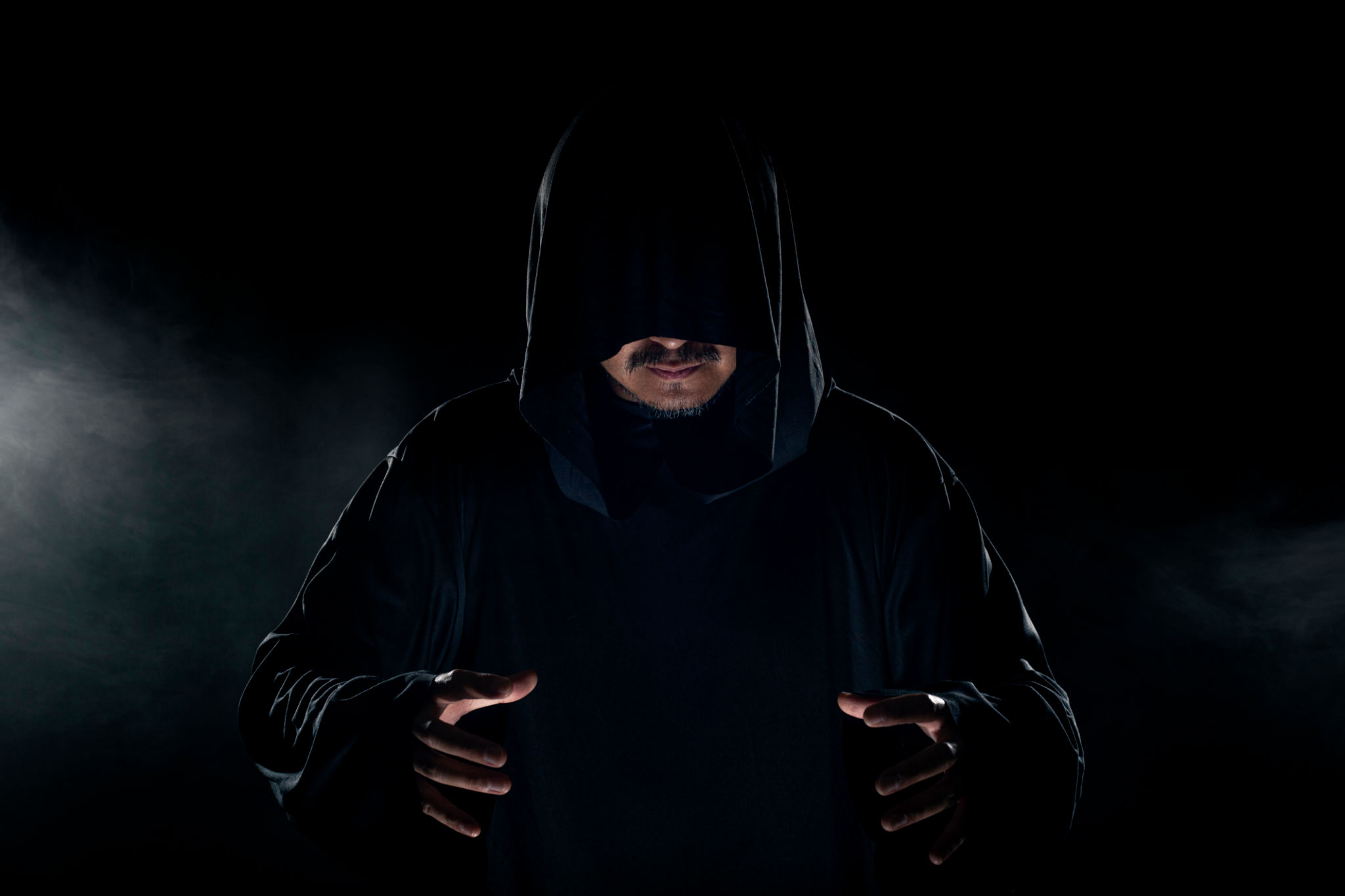Bindrunes in Germanic Heathenry: History, Magic, and Meaning
Among the many fascinating elements of Germanic Heathenry, runes hold a particularly potent place. While the individual runes of the Elder Futhark and later alphabets like the Younger Futhark have been the subject of much scholarly attention, one of the more enigmatic and visually compelling aspects of the runic tradition is the bindrune—a ligature of two or more runes combined into a single glyph. But how historical are bindrunes? Were they truly used by ancient Germanic peoples, and if so, were they used solely for decoration, writing efficiency, or even magical purposes?
This article explores the historical presence of bindrunes in Germanic Heathenry, their appearances in archaeological and written records, and their association—if any—with magical practice. Academic sources, historical texts, and epigraphic evidence are referenced throughout.

What Are Bindrunes?
A bindrune is the fusion of two or more runes into a single rune-like symbol. These can be simple combinations—where one rune shares a stave with another—or complex configurations where multiple runes radiate from a central line. They are not part of the standard runic alphabets but rather a creative adaptation of them.
Bindrunes are often conflated with runic ligatures, which were sometimes used for space-saving or artistic purposes in inscriptions. However, in modern esoteric contexts (especially post-19th century), bindrunes are often designed for magical intent, making it necessary to distinguish between historical use and modern interpretation.
Historical Attestations of Bindrunes
Epigraphic Evidence
The use of bindrunes is attested in several early runic inscriptions across Germanic Europe and Scandinavia. A key source for such study is the Runeninschriften im älteren Futhark, the corpus of inscriptions using the Elder Futhark compiled by scholars like Klaus Düwel and Wolfgang Krause.
- The Vimose Comb (Denmark, ca. 160 CE)
One of the earliest known runic inscriptions, this artifact bears the name Harja written in Elder Futhark. While not a bindrune itself, it sets the precedent for runic inscriptions that would later experiment with ligatures. - The Ribe Skull Fragment (8th century CE)
As described in Düwel's Runenkunde, this object from Denmark bears a bindrune-like inscription involving multiple superimposed runes. Düwel notes that this configuration may have served a magical or symbolic purpose (Düwel, 2008). - The Södermanland Inscriptions (Sweden, Viking Age)
A number of inscriptions on memorial stones use bindrunes, often to merge names or titles (e.g., the runestone Sö 158). These ligatures were mostly artistic but sometimes ambiguous in their purpose.
Linguistic and Epigraphic Analysis
Scholars such as Ralph Elliott in Runes: An Introduction (1989) and Mindy MacLeod & Bernard Mees in Runes, Magic and Religion (2006) argue that while bindrunes were certainly used, their use was not ubiquitous. MacLeod and Mees note that bindrunes often appear in high-visibility, high-status artifacts, suggesting symbolic—possibly magical—significance.
Bindrunes and Magic: Historical Use or Romantic Invention?

Classical Mentions of Runic Magic
Before we discuss bindrunes specifically, it's important to contextualize runic magic in general.
- Tacitus’ Germania (ca. 98 CE) describes Germanic divination using “lots” (sortes), believed by many scholars (e.g., Simek, 2007) to refer to rune-inscribed sticks.
- Bede and Hrabanus Maurus (9th century) mention runic symbols used in inscriptions, though not specifically bindrunes.
- The Sigrdrífumál, part of the Poetic Edda, speaks of “victory runes” and other magical runes, including runes carved and “scraped off” into mead (Sigrdrífumál, stanza 6–15), suggesting ritual use of runes, possibly including bindrunes.
Magical Use of Bindrunes
While we have direct mentions of runes in magical contexts, bindrunes themselves are not mentioned in literary sources as magical tools. However, some archaeological and epigraphic examples hint at more than mere aesthetic usage:
- The Lindholm Amulet (Sweden, 2nd–4th century CE)
Features a sequence of runes with ligatured elements that some interpret as a magical formula. Though interpretations vary, MacLeod and Mees suggest these may represent early attempts to use runes symbolically or magically. - The Gørlev Stone (Denmark, ca. 900 CE)
Contains bindrunes that scholars have suggested may carry magical significance due to their placement and context (Düwel, 2008). - Medieval Magical Manuscripts
While post-Christian, medieval grimoires occasionally reference runes, and some include unique bindrune-like sigils. The Icelandic Galdrabók (17th century) is a notable example where bindrune-like constructs are used magically—although this represents a much later evolution and Christian magical context.
Interpretation by Modern Scholars
Marcel Mauss’ theory in The Gift (1925) helps contextualize the symbolic exchange that magical bindrunes might represent. In Heathen contexts, rune use—especially magical—could be seen as a form of offering, a communication between worlds.
Robert Sass (Aldsidu.com) argues that while bindrunes are not thoroughly documented in Heathen-era texts, the use of runes for magic certainly was. His interpretation holds that modern Heathens must reconstruct bindrune magic carefully, grounded in ancient tradition without assuming continuity where none is evidenced. His article "Old Saxon Runes - The Archaeological & Literary Evidence" is worth checking out.
Modern Romanticism and Reconstruction
The 19th- and 20th-century Romantic and nationalist movements, including figures like Guido von List, heavily influenced how bindrunes were understood. Von List’s so-called Armanen runes are a modern invention with no historical basis, but they have deeply influenced contemporary esoteric traditions.
Today, modern Heathens and rune magicians may use bindrunes as magical tools—but it is crucial to recognize that while rooted in ancient aesthetics, much of the magical function is reconstructed or inspired rather than strictly historical.

Bindrunes are historically attested throughout the Germanic world, primarily from the 2nd to the 12th century CE, with most evidence pointing to decorative or mnemonic use. Some examples, especially in early Scandinavian contexts, may have held symbolic or magical meanings, though direct literary evidence is lacking.
Their use in clearly magical contexts appears more frequently in later, Christian-era Icelandic magic texts like the Galdrabók. Thus, while bindrunes are a legitimate part of the ancient Germanic symbolic vocabulary, their magical use—especially as practiced today—is largely the result of modern reconstruction based on fragmentary evidence.
For Heathens today, bindrunes remain a meaningful tool, but one that must be wielded with historical honesty and a respectful awareness of both its roots and its modern interpretations.
References
- Düwel, K. (2008). Runenkunde. Stuttgart: Metzler.
- Elliott, R. W. V. (1989). Runes: An Introduction. Manchester University Press.
- MacLeod, M. & Mees, B. (2006). Runes, Magic and Religion: A Sourcebook. Vienna: Fassbaender.
- Tacitus. Germania. ca. 98 CE.
- Sigrdrífumál, in The Poetic Edda. (trans. Carolyne Larrington)
- Simek, R. (2007). Dictionary of Northern Mythology. Trans. Angela Hall. D.S. Brewer.
- Sass, R. (Aldsidu.com). Various writings on Old Ways Saxon Heathenry.
- Mauss, M. (1925). The Gift. Trans. W.D. Halls. London: Routledge.